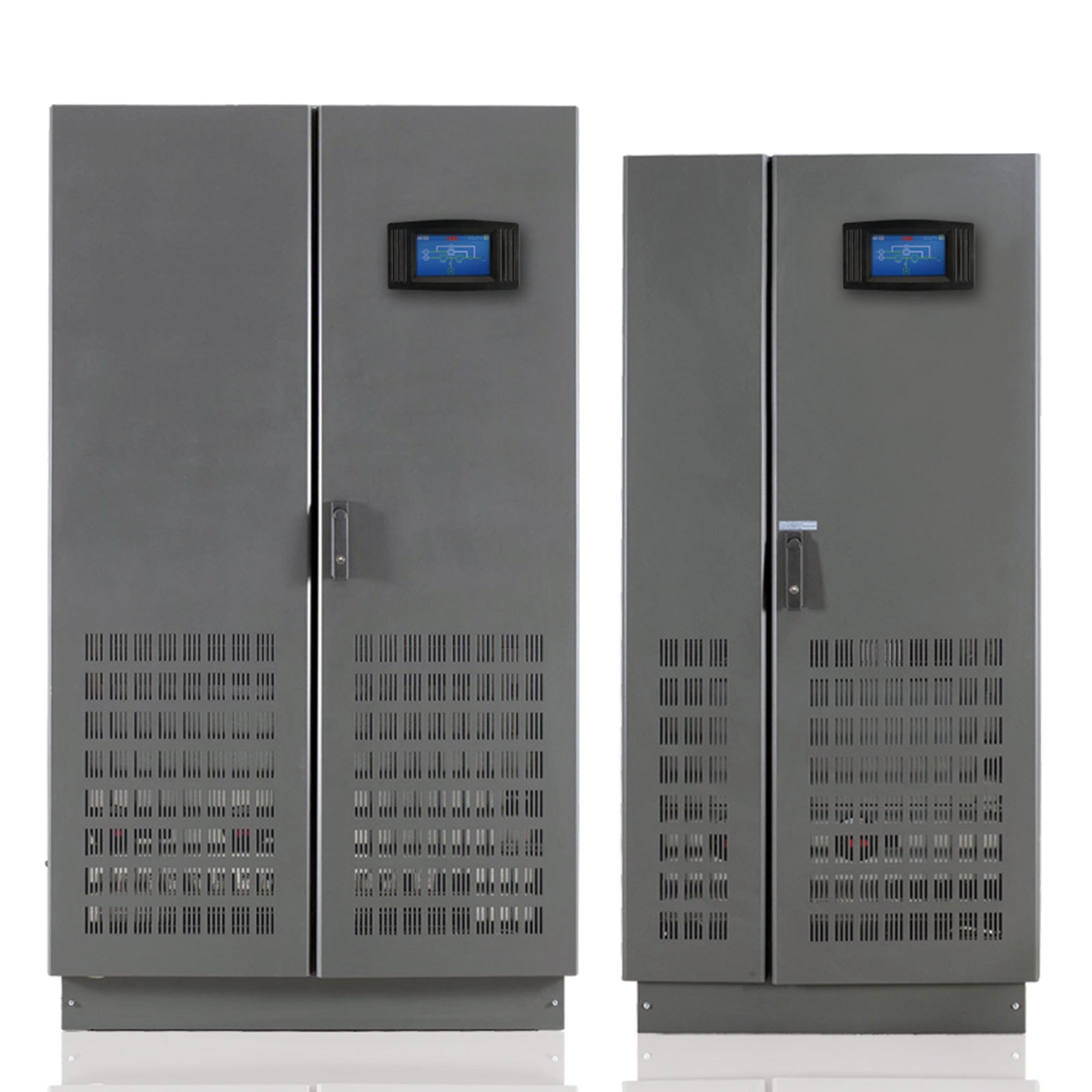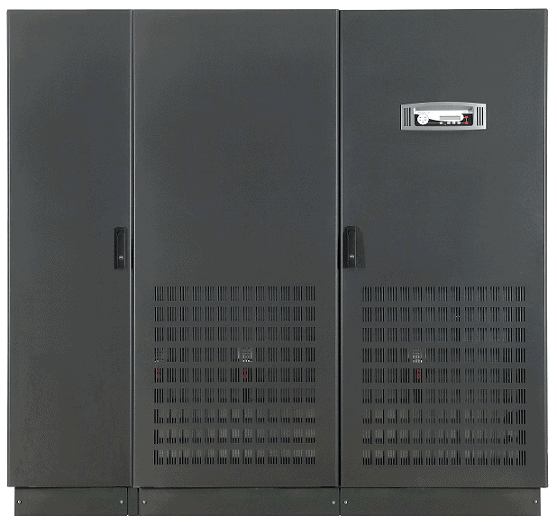Once you’ve decided to protect your IT facility with a UPS system, there are several essential steps to ensuring that the UPS is installed with minimal disruption, then performs to your expectations. The entire process, from initial planning through to using and maintaining the UPS after commissioning, is covered in our UPS Handbook. Meanwhile, in this post we’re focusing on the practical aspect of this process; physically bringing the system into your building, installing it, and starting it up.
Careful planning starts with delivery arrangements. How will the system be transported to your facility? Do you have a suitable UPS installation location? And, will the UPS system fit into the space reserved for it?
Considerations for uninterruptible power supply installation
UPSs with batteries are heavy, yet they also contain sensitive electronic equipment. These characteristics warrant the use of expert contractors with ‘air ride’ suspension vehicles and specialised lifting equipment who can comply with manufacturers’ recommended handling procedures. On arrival, the delivery team will expect a prepared space with a floor fit to safely bear the equipment’s weight and located to minimise inconvenience to on-site personnel and business operations. Humidity and temperature must be maintained within the UPS supplier’s specifications, while the effect of the UPS on existing air conditioning must be considered. Adequate room for the batteries and associated switchgear is essential, as is the provision of the area around the equipment for maintenance access. Extra space for future expansion should also be provided.
Factors affecting UPS cable placement
Once installed, the UPS system must be connected into the power distribution system. Most small to medium UPSs have bottom cable entry for the input and output AC cables, and battery DC cables. This can be facilitated either by using a cable trench in the floor or mounting the UPS on a steel plinth sufficient to allow a satisfactory cable bend radius. If the UPS system is installed into a dedicated computer area, there may well be a raised floor to accommodate network and power cabling, and possibly cooling. If so, the equipment and batteries should be mounted on adjustable steel stands, flush with the raised floor, to carry their weight.
Large UPS requirements
For large UPS, top cable entry is typical. This is needed to accommodate the bigger bend radius of the larger power cabling that is required. An overhead cable containment system, therefore, has to be provided to support this.
Fig 1. KOHLER PW 6000 500kVA has top cable entry
UPS installation recommendations
Electrically installing a UPS or protected power system is a specialist task and should only be performed by the UPS supplier or a specialist and experienced electrical contractor who has been vetted and approved. The UPS installation must be performed strictly to the supplier’s instructions, complying with local and national electrical installation regulations.
Considerable time and therefore money can be saved by ensuring that the electrical installation can handle increasing loads due to business expansion and added IT capacity. For a modern parallel UPS system, the installation process can be simplified in several ways by using an integrated switchgear and busbar solution.
When connecting to the load, radial wiring, with each device having its own circuit breaker, rather than ring wiring, is recommended. This ensures that a device fault only trips the local breaker, rather than causing power loss over a wider part of the distribution network. An external bypass switch for the UPS system should be provided, so that the UPS can be physically as well as electrically isolated to avoid disturbing the load during UPS upgrade or UPS maintenance work.
Correct earthing is essential for personnel safety and equipment protection. All earthing points within the system must be connected to a properly planned and secure earthing installation.
All UPS installations should conclude with a proper commissioning procedure performed by the UPS supplier’s trained technicians. This should include a complete check of system facilities and options, acceptance of environmental conditions, registration of serial numbers, initiation of warranty cover and user training in UPS operation.
Follow us on LinkedIn for regular industry articles & company information






